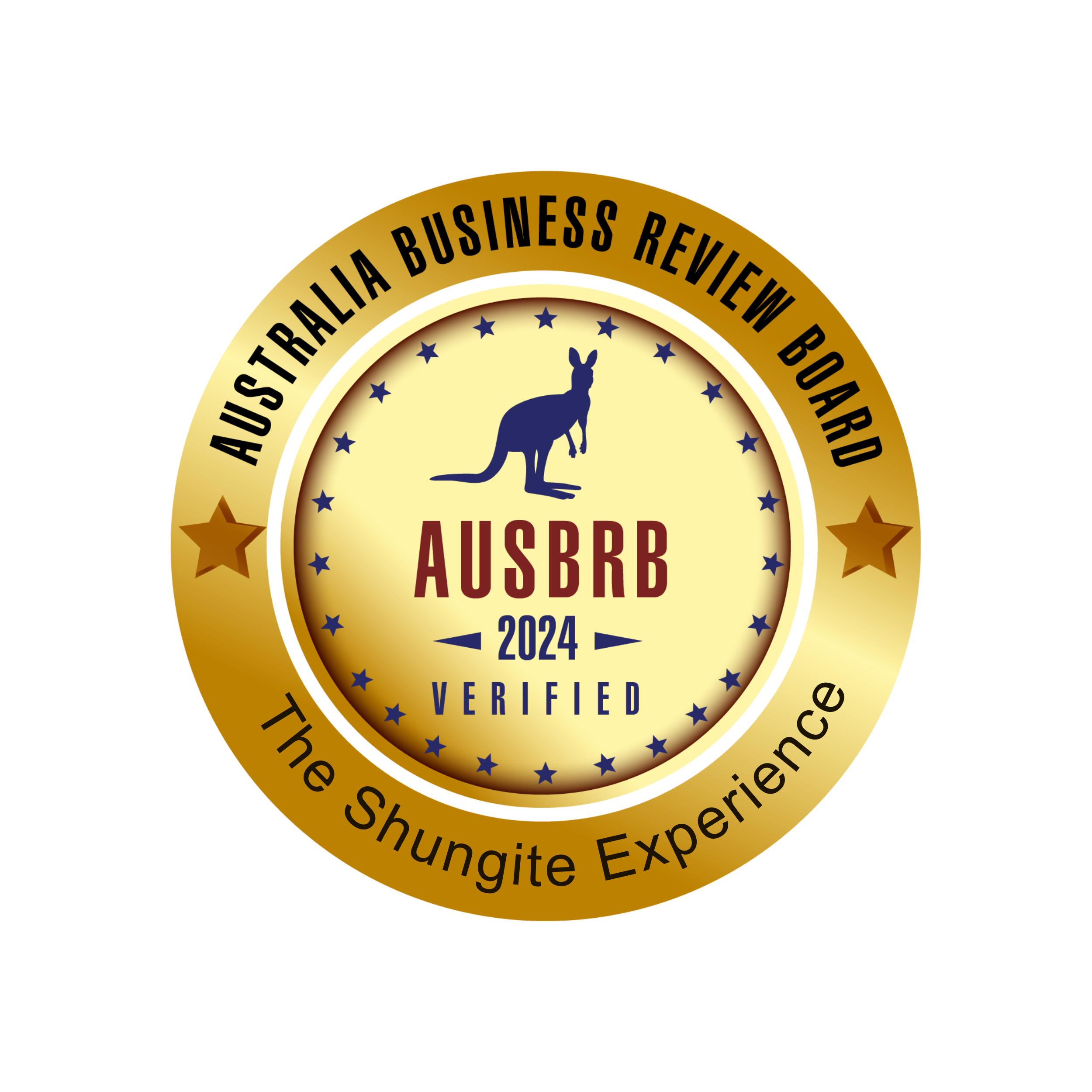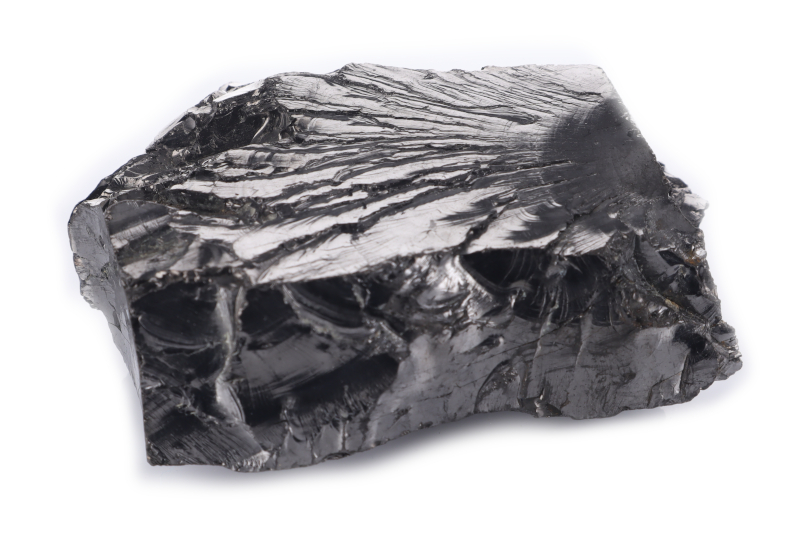Articles
How To Test If Shungite Is Genuine – Updated.
In our business, we are often asked this question, which is our customers’ most significant concern. At the same time, this is understandable as some other retailers may sell products that they think are Shungite but are not. Often, this will be because they need to get the experience to know the difference. If your retailer has entered this field in the past few years, with only a short time to learn about Shungite, it can happen that fake Shungite may be sold to them as genuine Shungite. We, however, have our trusted suppliers and experience to know the difference. Please check the information below so that you can check it for yourself. If you have any questions, please email us, and we will be happy to answer you!
Touch it and examine it :
If you have already worked with shungite in the past, you must have noticed that it sometimes leaves black stains when touched. Raw stones, even processed regular shungite stones, leave some residue whenever you hold them. This comes from a high percentage of carbon in shungite’s composition and is next to impossible to imitate. Thus, after you receive your shungite piece, try to hold it for some time. However, there can be some cases when, due to the way a shungite product is produced, it was stripped of residue, so if you are not sure, you can check its authenticity with other methods.
Raw Elite Shungite’s authenticity is usually easier to check since it is very hard to make a believable forgery.  Elite shungite has a unique silvery surface and is extremely fragile to the point that even holding it in your hand can break off small nuggets. With larger pieces, this is not so evident. However, if you see that your elite stone has infusions of other colours, don’t worry. Pyrite and Quartz are often present where Shungite formed, and they can fuse to Shungite after millennia of lying in the ground together. This is another wonderful way to tell that your Shungite is genuine. Not ALL pieces of Shungite will have these inclusions, though, so don’t be concerned if your piece doesn’t.
Elite shungite has a unique silvery surface and is extremely fragile to the point that even holding it in your hand can break off small nuggets. With larger pieces, this is not so evident. However, if you see that your elite stone has infusions of other colours, don’t worry. Pyrite and Quartz are often present where Shungite formed, and they can fuse to Shungite after millennia of lying in the ground together. This is another wonderful way to tell that your Shungite is genuine. Not ALL pieces of Shungite will have these inclusions, though, so don’t be concerned if your piece doesn’t.
Testing Shungite with a Multi Meter.
Genuine Shungite is a good conductor of electricity, which can easily be tested with a multimeter.
- Set your multimeter to measure resistance.
- Select auto range if your meter has this feature; otherwise, use the lowest range setting. In most meters, this is 200 Ohms. This is because Shungite has a very low resistance, and using a low range will give the highest-resolution result. If you set the range too high, the resolution of the reading will be low, and the result will always be zero.
- Place both probes firmly in contact with the item under test and hold the probes steady to allow the measurement to settle.
- You should see a reading of 1 – 10 Ohms.
- By comparison, the highest conductors are – Silver, Gold and Copper. Sterling Silver and 9ct Gold have a reading of approximately .3 Ohms, and Natural Copper has a reading of approximately .5 Ohms.
Things that can affect your measurement.
- The range setting of your resistance measurement. If you want to see the actual ” value ” of resistance, use the suggested process as above. When measuring Shungite, set the range to 200k Ohms or higher if you want to see a zero reading.
- Shungite is a non-metal and will not be as conductive as transition metals. It still has an extremely low resistance, which, by definition, is extremely high conductance.
- The distance between the probes will change the reading, as will the piece’s orientation. However, all readings should be in the range 1-10 Ohms.
- If you use a polished piece, it is harder to make the electrical connection as a coating covers the Shungite. It will conduct, but it may show a higher resistance. Measurements on polished pieces also seem to take longer to settle.

This shows that a current easily passes through it. If you use a polished piece, it is harder to make the electrical connection as a coating covers the Shungite. It will conduct, but it may be harder or less evident.
Please see some photos below from a lovely Customer who tested her Elite piece and was worried because the readings were not showing as zero. We explained that the readings couldn’t be zero because, as you can see from picture 1 – it shows zero when there is no material you are testing on. Also, you can see in the other pictures that when you have the probes closer together, you get a lower resistance; when they are further apart, you get a higher resistance. This is exactly as it should be, and the readings, as seen in the pictures, are optimal for Shungite.






Another way to test Shungite’s authenticity is with a battery-powered torch.
1. Unscrew the back of the torch so the end of the battery is exposed.
2. Press the Shungite against the battery.
3. If the Shungite is authentic, the torch will light up.
4. If you use a polished piece, it is harder to make the electrical connection as there is a coating covering the Shungite; it will conduct, but it may be harder or less evident.






